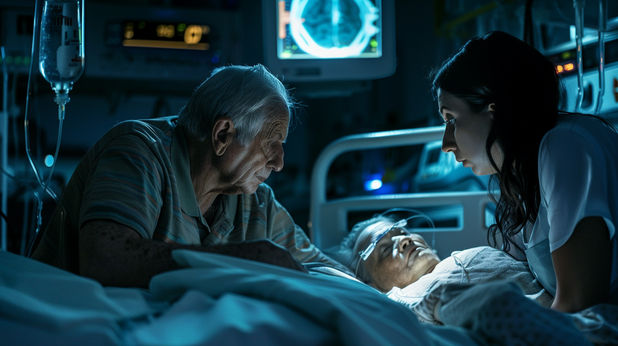On August 10, 2017, the U.S. Food & Drug Administration (FDA) issued a warning letter to healthcare providers about potential risks of liquid-filled intra-gastric balloon systems used in weight-loss procedures.
As a Houston, Texas medical malpractice lawyer, I have handled numerous lawsuits involving bariatric weight-loss surgical procedures.
Weight-loss surgical procedures have been around for some time now, including things like lap band, gastric sleeve, Roux-en-Y bypass, gastric bypass, and gastric imbrication.
Based on the large demand for surgical assistance for weight loss, the bariatric industry is constantly developing new procedures. It seems that a procedure may be popular with surgeons and patients for a few years, before a new procedure takes over in terms of popularity. New trends in the bariatric industry have focused on less-invasive procedures, including the gastric balloon.
What is the intra-gastric balloon procedure?
The intra-gastric balloon is a weight-loss procedure was developed to avoid incisions or general anesthesia, and require a minimal down-time of around three days. Weight-loss surgeons recommend this procedure to patients with a body mass index (BMI) of 30-40.
The procedure itself is rather easy to understand. The bariatric surgeon places the balloon and all equipment into the patient’s body through the mouth. The surgeon begins with placing a gastroscope—a piece of equipment that includes a camera—through the patient’s mouth and esophagus into the stomach. If everything looks fine anatomically, the surgeon then inserts a balloon into the patient’s stomach, and then fills the balloon with a sterile saline solution.
That is essentially the entire procedure, taking about 20-30 minutes for most surgeons to complete. Following the procedure, the filled balloon is left within the patient’s stomach, occupying a portion of the stomachs volume and decreasing the amount of food that a patient can eat.
The FDA has currently approved the intra-gastric balloon system to stay in-place for six months, after which it needs to be removed. Patients desiring a longer time period would have to undergo another ballooning procedure.
August 10, 2017 FDA warning
The FDA has warned surgeons, gastroenterologists, doctors, and other health professionals that there have been reports of five unanticipated deaths, since 2016, involving liquid-filled intra-gastric balloon systems used to treat obesity.
Four of the deaths involved balloon systems manufactured by Apollo Endo Surgery, and one death involved a system manufactured by ReShape Medical Inc.
All five deaths occurred within a month or less from balloon placement, with three deaths occurring as soon as one to three days after the procedure. At this point, the FDA has been unable to identify the root cause of these deaths. In addition, the FDA identified two other reported deaths in the same time period caused by complications during the balloon procedure, one a gastric perforation, and the other an esophageal perforation. A perforation is an unintended cut or tear of the structure.
February 2017 FDA warning
As a Houston, Texas medical malpractice attorney, it concerns me that this is not the first warning concerning weight-loss ballooning systems this year. In February 2016, the FDA issued a warning letter to healthcare providers, recommending close monitoring of patients with intra-gastric balloon systems to treat obesity, based on potential risks for acute pancreatitis and spontaneous over-inflation.
What you can do
If you are considering a weight-loss procedure, keep in mind that nothing is risk-free. If you choose to proceed with placement of an intra-gastric balloon system, pay careful attention to any unusual signs during the first month that is in place. If anything seems off to you, it is important to contact your bariatric surgeon immediately.
At Painter Law Firm PLLC, in Houston, Texas, our attorneys have extensive experience in reviewing, analyzing, and handling all kinds of the bariatric surgical and medical malpractice claims. Call us at 281-580-8800, for a free consultation about your potential case.
__________
Robert Painter is a medical negligence and wrongful death lawyer at Painter Law Firm PLLC, in Houston, Texas. For multiple consecutive years, he has been recognized as one of Houston’s top lawyers by magazines including H Texas and Houstonia.





